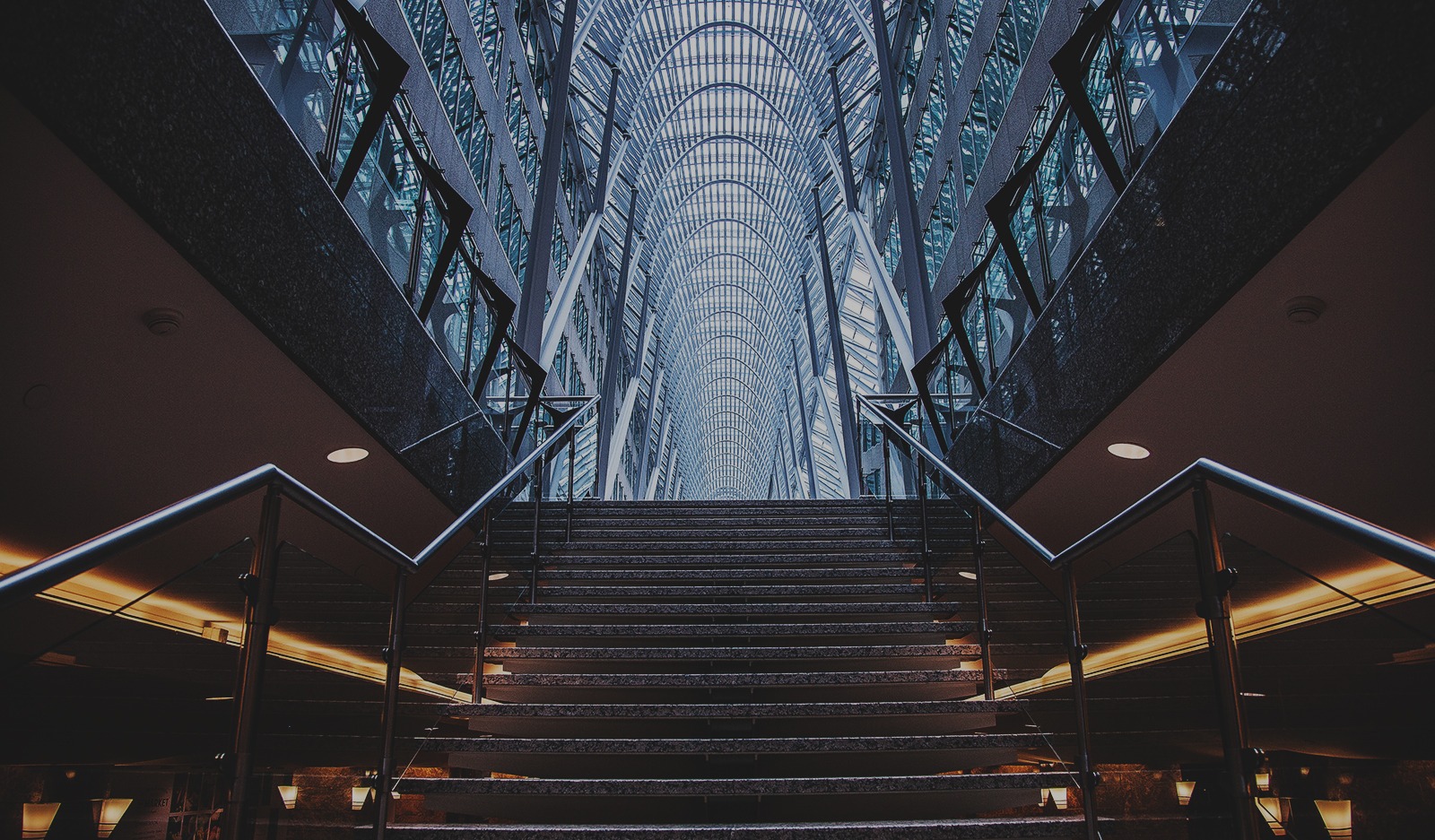Metals, in one form or another, play an important role in the construction and fitting out of residential and commercial properties. In years past, handrails would most commonly be built exclusively from timber, but now they are more likely to be manufactured from metal, because of its durability, strength and resistance to weather. Below are four of the most common metals used to build handrails.

Chosen for their strength, durability and resistance to weather, metals are an exceptional choice when manufacturing handrails. There are four different metals that are most commonly used for handrails, each with its own set of pros and cons.
Stainless Steel
Stainless steel is among the oldest known building materials, used centuries ago to build structures that are still standing today. It may be more expensive than mild steel, but its corrosion and stain resistant properties reduce long-term maintenance costs. Stainless steel is the perfect metal if you’re aiming to build strong, long-lasting handrails with a modern finish. It can also be fashioned into a variety of designs and styles, and fitted to brickwork, blockwork, concrete, timber or other metals.
Mild Steel
Mild steel is a form of carbon steel, classified as mild because the quantity of carbon present in the metal is lower than in other forms of carbon steel. It is an alloy that is prized in the construction industry for its strength and durability, typically favoured by architects to be used in structural framework. Mild steel is cheap to buy and the ease with which it can be worked means, on most occasions, construction costs are also low, making it the cheapest option for the construction of handrails. Handrails fabricated from mild steel do, however, require regular inspection and maintenance to keep them at their best due to being prone to corrosion, especially if outdoors and open to the elements.
Galvanised Steel
Galvanising all interior and exterior steelwork will provide years of protection from moisture that all unprotected steels are at the mercy of. Painting will keep some of this moisture away, but galvanising is the most effective protective method. Galvanised steel will usually be silver in colour through to grey, if that doesn’t fit in with your colour palette it can be painted, however, before painting you will need to use etch primers, which can bump up the cost.
Aluminium
Aluminium is also commonly used because of its corrosion resistance, usually resistant to harsh weather conditions. Aluminium is a light-weight material which makes it easy to handle and use. It’s also a much softer metal compared to others, making it prone to dents and scratches. When used for handrails, more uprights are needed to make up for the reduced strength of the metal. Although it is resistant to corrosion, its oxidant layer will commonly turn white when exposed to the elements, to combat this it can be anodised or powder coated.
If you’d like to find out more or if you are considering steel for construction purposes and would like a professional opinion, contact Steel Fabrication Services today.
Our team of expert structural steel fabricators have the experience and knowledge to answer any of your questions and will ensure that you find the best solution to suit your needs. To contact us today, simply call, fax or email for information or a steel fabrication quote, or drop by our Brookvale location.